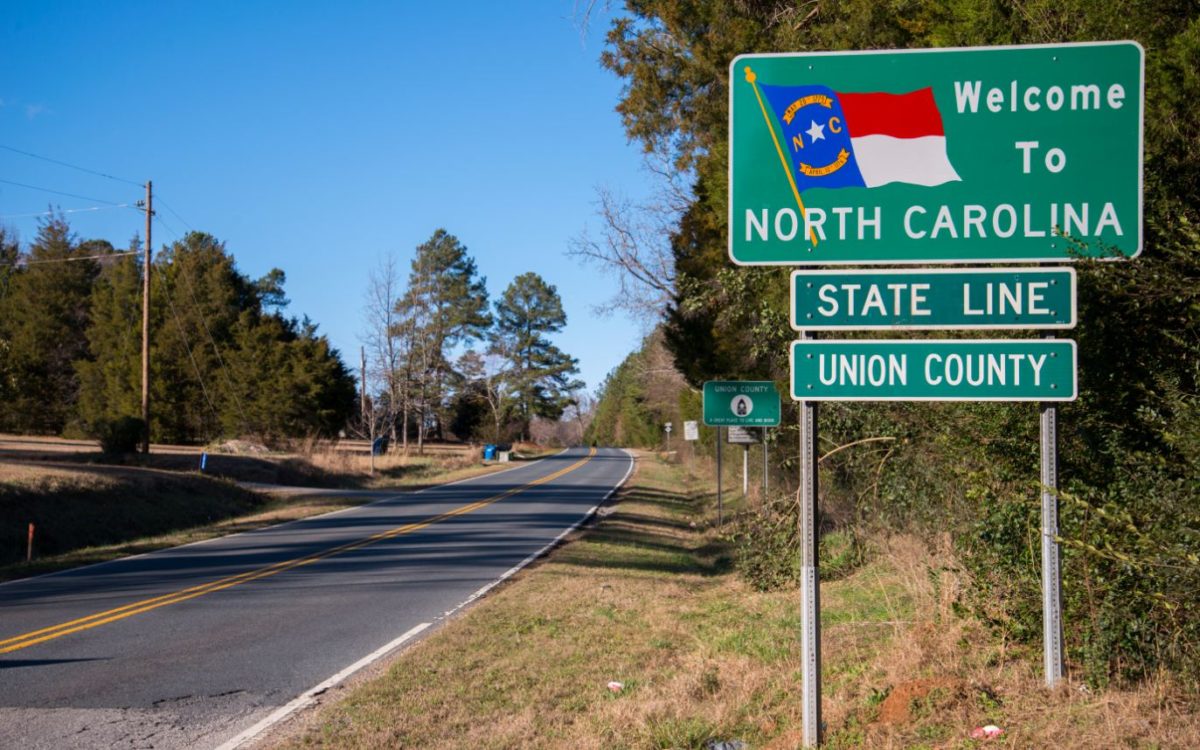The year was 1978. “MacArthur Park” (Donna Summer) was about to become the No. 1 single on the Billboard charts, supplanting “You Needed Me” by Anne Murray. And on Nov. 9, Congress passed a law that made barely a ripple in the public consciousness at the time: The Public Utility Regulatory Policies Act (PURPA).
Forty years later, that law is at the heart of a debate over how utilities should procure electricity from small independent power producers (IPP). How the debate resolves could affect solar’s growth around the country – especially in North Carolina, where a bill designed to revise PURPA procurement rules is on the way to Gov. Roy Cooper for his signature.
Under House Bill (HB) 589, passed in the wee hours today as the legislative session comes to a close, PURPA contract lengths will be reduced from 15 years to 10 years and will limit fixed-price PURPA contracts to solar and other non-hydro renewable energy projects under 1 MW, down from 5 MW previously.
“The passage of HB 589 provides North Carolina with a more cost-effective means of expanding solar energy,” said Randy Wheeless, Duke Energy communications manager. “Customers will benefit from the market-driven aspects of the bill and the increased options they’ll have with their energy decisions.”
The Solar Energy Industries Association (SEIA) applauded the passage of HB 589.
“We support the compromises made by solar companies and utilities to build on the Tar Heel state’s tremendous solar success story and create a path forward for utility scale solar in North Carolina,” said Sean Gallagher, SEIA’s vice president of state affairs. “SEIA stands with our state partner, the NC Clean Energy Business Alliance, as stakeholders will now seek to implement the competitive solicitation process.”
“We also support the elements of the bill that reduce barriers to homeowners that want to go solar, most importantly authorizing solar leasing up to a 1% cap,” Gallagher continued. “We will be monitoring the roll out of these programs and soliciting feedback from our member companies on how the residential programs may be improved in the future.”
On the ground in North Carolina, however, the NC Sustainable Energy Association (NCSEA) was less pleased.
“NCSEA supported the original version of House Bill 589, which passed the House on June 7 and was the result of an extensive, nine-month-long stakeholder process and negotiations,” said Ivan Urlaub, NCSEA executive director. “This legislation would have been a bipartisan compromise that was overall good for consumers, industry and utilities.”
“Unfortunately, the final negotiations that occurred late last night between the House and Senate on HB 589 became tarnished with the inclusion of an unnecessary 18-month moratorium on the permitting of wind projects through Dec. 31, 2018, which was ultimately sold to legislators without any urging from the military,” Urlaub continued. “We are very disappointed in this outcome and are determined to take immediate steps to lessen this blow to our growing and diverse clean energy economy.”
North Carolina currently hosts the most PURPA-related solar projects in the country, which has led to North Carolina’s position as the nation’s second-largest solar market in 2014. But the state’s largest utility, Duke Energy, has long argued that the length of PURPA contracts – 15 years – locks them into electricity rates that become untenable over their term as rates continue to go down, making such projects economically untenable.
The governor has up to 30 days to sign the bill.
PURPA was passed in between the 1973 and 1979 oil crises in the hopes that it would reduce U.S. dependence on foreign oil sources (and the market instability acquiring oil from those countries sometimes fossil fuels by promoting energy efficiency and renewable energy. It significantly changed the relationship between utilities and their customers by creating a market for independent power producers (IPPs) which according to the Union of Concerned Scientists accounts for 7% of the country’s power.
This article was updated at 11:05 am on 6/30/2017 to include comments from Sean Gallagher, SEIA’s vice president of state affairs.
This article was updated at 1:22 pm on 6/30/2017 to include comments from Ivan Urlaub, NC Sustainable Energy Association executive director.
This content is protected by copyright and may not be reused. If you want to cooperate with us and would like to reuse some of our content, please contact: editors@pv-magazine.com.








By submitting this form you agree to pv magazine using your data for the purposes of publishing your comment.
Your personal data will only be disclosed or otherwise transmitted to third parties for the purposes of spam filtering or if this is necessary for technical maintenance of the website. Any other transfer to third parties will not take place unless this is justified on the basis of applicable data protection regulations or if pv magazine is legally obliged to do so.
You may revoke this consent at any time with effect for the future, in which case your personal data will be deleted immediately. Otherwise, your data will be deleted if pv magazine has processed your request or the purpose of data storage is fulfilled.
Further information on data privacy can be found in our Data Protection Policy.